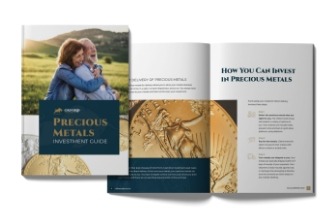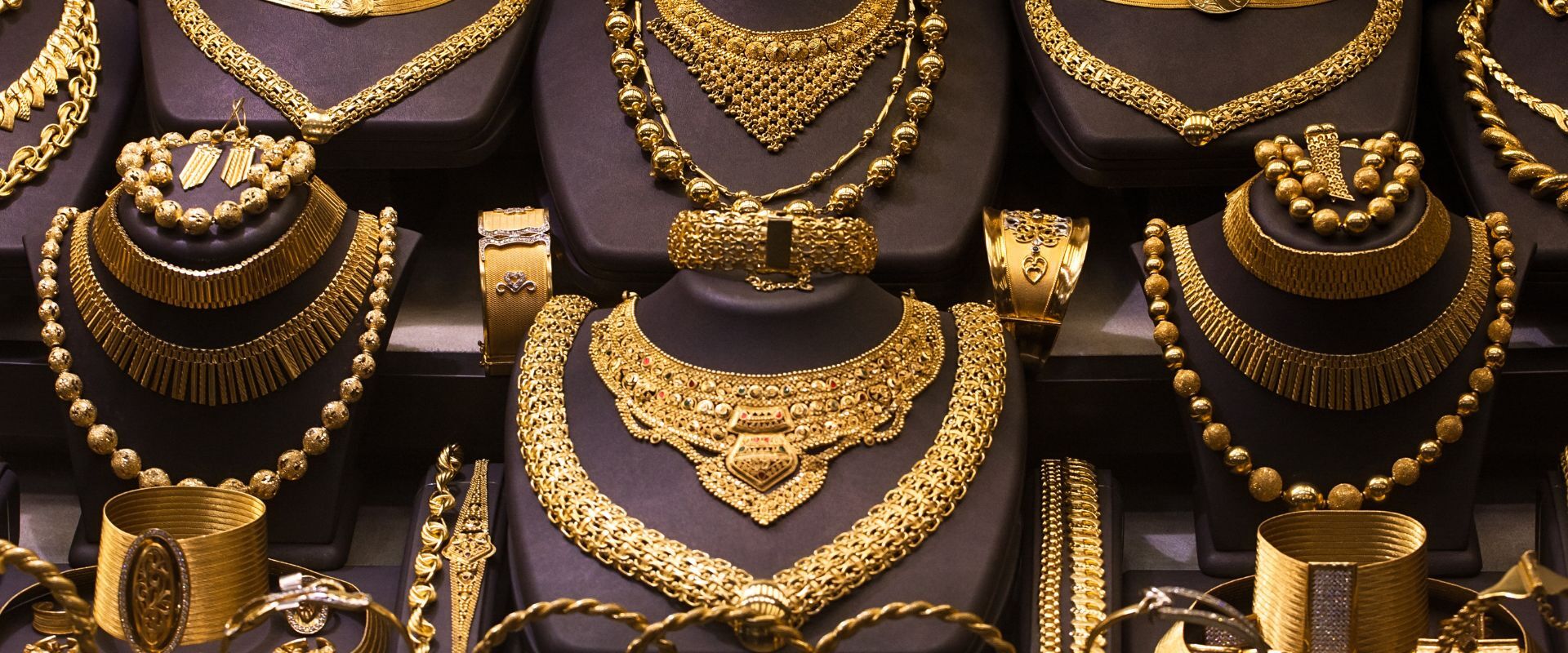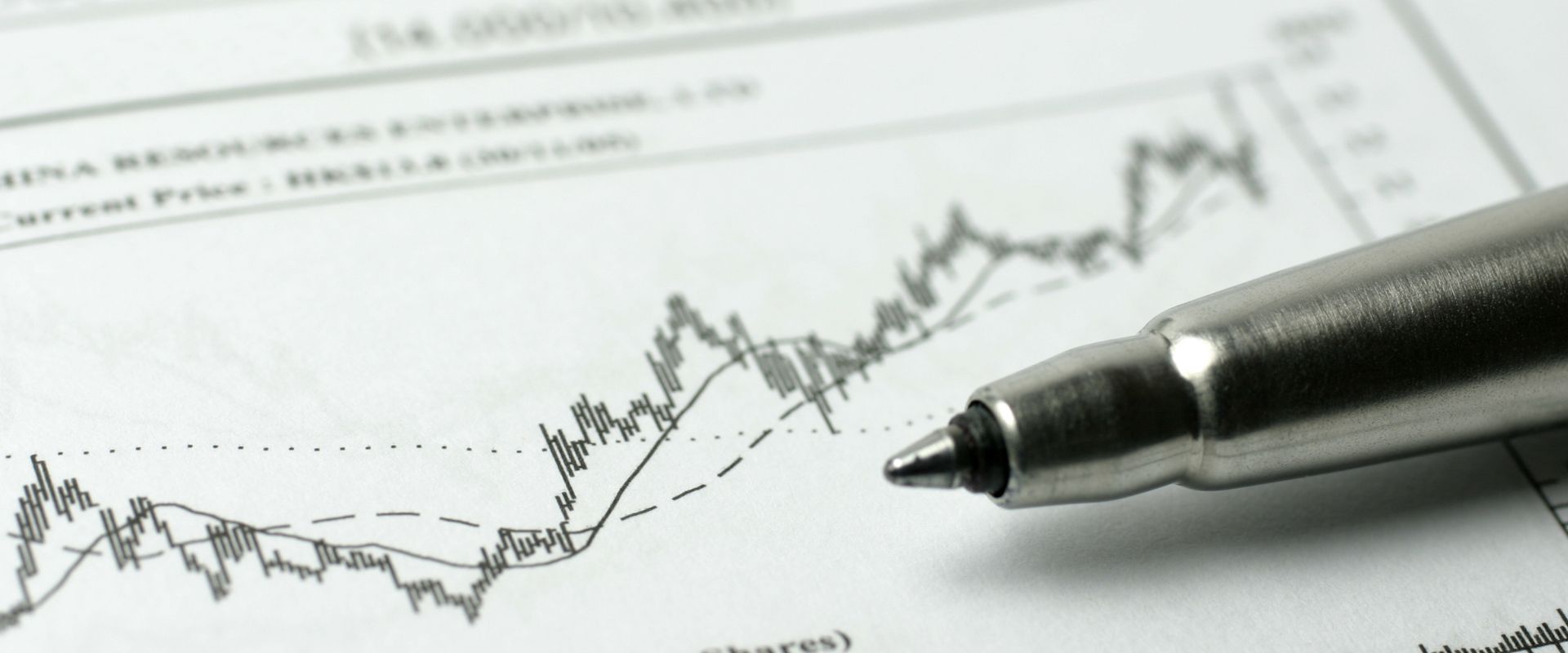Table of Contents
Whether you’re interested in collecting numismatic coins or have recently discovered your grandfather’s vault of vintage rarities, you’ll need to learn how to determine each item’s physical condition. Grade affects the value of numismatic, bullion, circulated, and uncirculated coins, but how can you determine a coin’s grade?
In this coin grading guide from Our Oxford Gold Group, we cover everything from the history of coin evaluation standards to a practical step-by-step tutorial on evaluating your own collection.
What Is Coin Grading?
Coin grading is the process of determining the physical condition of a coin. Today, coin experts follow a specific grading system for coins, so all items can be assigned equivalent and relative grades. Investors and collectors can use this coin grading scale to attempt to grade their own products from home, or they can hire professionals for more exact answers.
The bullion and numismatic quality assessment looks at factors like the coin’s wear, strike, eye appeal, and contact marks to determine:
- How well the coin was initially struck
- How well the coin has been preserved
- How much wear the coin has endured
Based on these factors, the coin receives a score from 1 to 70, with 70 being perfect condition and 1 being poor. In total, the grades include poor, worn out, perfect mint state, and absolutely no wear or flaws.
Coin grading is opinion-based, despite the accepted scale that most use. With that being said, most agree that things like minor scratches, marks, or stains will degrade the coin’s value. Such nicks may go unnoticed by the naked eye, so you must hire a professional if you want accurate coin grading results.
History of Coin Grading
Coin grading has improved a lot in the last few centuries. At first, most simply referred to coins as “new” or “used” without considering all the states that could lie between them.
Eventually, this method grew to include a mini-scale with three levels:
- Good: Coins with major defects
- Fine: Coins with minor defects
- Uncirculated: Coins with few or no defects
At this point, coin collectors realized the value of adding more levels to the scale, so by the late 1800s to 1900s, the process continued to expand.
In 1948, William Herbert Sheldon developed the 1- to 70-point grading scale in his book Penny Whimsy. The coin grading guide was initially meant for U.S. cents, but the process worked so well that people began using it to grade numismatic coins, fractional coins, and more. The same scale is still widely accepted today as the preferred method for grading coins.
The Three Coin-Grading Buckets
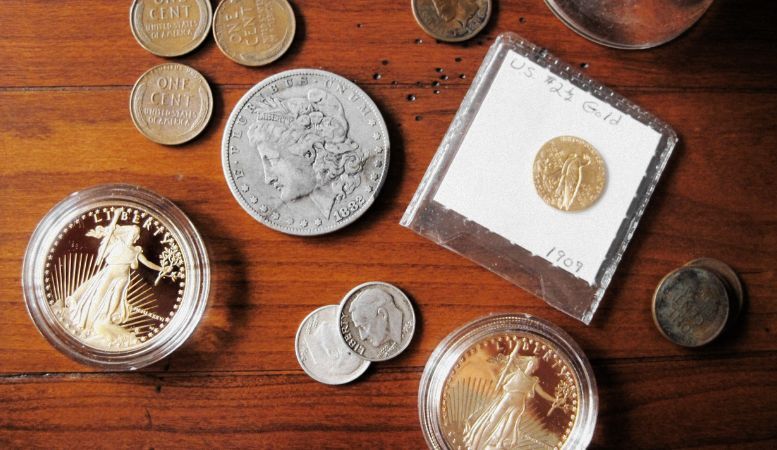
Attempting to tackle the grading scale as a newcomer can be confusing. Without years of knowledge and experience in the craft, you won’t know how to look at a coin and accurately choose between 70 numbers. To help you get a better grasp of coin grading, we break the categories down into three buckets.
Circulated Coins
The first bucket contains circulated coins. If you know your coin has been through full circulation, start here. The circulated coin bucket, unfortunately, still has the widest grading range, running from P-1 through EF-49, so you will need to do some studying to understand where your coin lands.
At the bottom end of the scale (P-1), the coin would be barely recognizable and heavily worn. Near the EF-49 range, though, the coin would have slight wear, despite its circulation.
About Circulated Coins
Now, let’s move on to the second bucket. The second bucket contains About Ciruclated, or AU, coins. AU coins run from AU-50 to AU-59 and may or may not have gone through circulation but do have slight wear.
Coins in the AU category can easily be confused with some EF-49 circulated coins, but you must consider how much the coin has been handled. AU coins, by definition, should not have many signs of handling, despite small scuff marks or a bit of wear.
Uncirculated Coins
The final bucket is for Uncirculated Coins or Mint State. Mint State coins never went through circulation, so they should have the fewest defects and the best luster.
Depending on their age and how they were originally struck, Mint State coins should be near their original condition. This final bucket runs from “basal state” MS-60 to the final top-tier score of 70.
The 70-Point Sheldon Coin Grading Scale
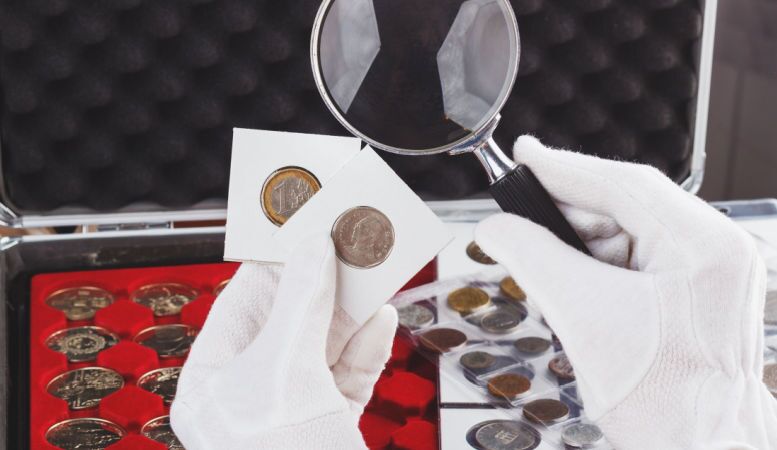
Any guide to numismatic grading would be incomplete without breaking down the full 70-point Sheldon scale. Whether you’re interested in how your coins were graded or you want to begin grading yourself, here’s the method to determine a coin’s condition:
- PO-1 (Poor): Barely visible and flat design but still identifiable
- FR-2 (Fair): Most of the design is worn away
- AG-3 (About Good): Some of the design is worn away
- G-4 to G-6 (Good): Shows softness along the entire rim and coin
- VG-8 to VG-10 (Very Good): Displays considerable wear and softness around the edges
- F-12 to F-15 (Fine): Displays considerable wear, but the design and lettering are clear
- VF-20 to VF-35 (Very Fine): Displays moderate wear, but all details are nearly complete
- EF-40 to EF-45 (Extremely Fine): Has complete details with minor wear on the highest points
- AU-50 to AU-58 (About Uncirculated): Has only slight wear but full details
- MS-60 to MS-70 (Mint State): Is uncirculated with little to no signs of wear
How To Grade a Coin
Now that you understand the scoring system, let’s dive into our numismatic grading handbook. When you’re ready to grade your own coins, follow these steps:
- Gather your materials: You will need a bright light and a magnifying glass to closely examine your coins.
- Determine the coin’s bucket: Now, determine which of the three buckets your coin belongs to.
- Select the coin’s approximate grade: Once you know the bucket, you can assign the named grade, like “About Good” or “Very Good.” If you selected a higher bucket, this step may not be necessary.
- Assign a number: Each named grade only has 1 to 15 numbers in it, so now you can do your final refining. Determine where your coin fits on the scale by assessing its wear based on the scale’s description.
- Check your results: After assigning your grade, try searching online for coins of a similar grade to see if you think you’ve made the correct decision. If your coin has more or less wear than coins in your selected category, you can adjust accordingly.
What Are the Advantages of Buying Graded Coins?

When you purchase recently minted gold or silver coins online from authorized dealers, like Oxford Gold Group, they’re typically already graded. Pre-graded coins offer numerous advantages. You can verify the coin’s authenticity and value in advance of your purchase rather than determining its condition after the fact.
Along with the improved authenticity, you will save time and money by not needing to conduct the grading yourself or through a company. Pre-graded coins may also provide a higher resale value.
Best Company for Grading Coins
If our coin grading guide intimidates you, consider getting help from coin professionals. The most popular grading services for coins include the Numismatic Guaranty Corporation, Professional Coin Grading Service, Independent Coin Graders, and American Numismatic Association Certification Service.
If you want to avoid paying the associated fees for these services, shop for graded coins from Oxford Gold Group today or call us at (833) 600-4653 with any questions.
